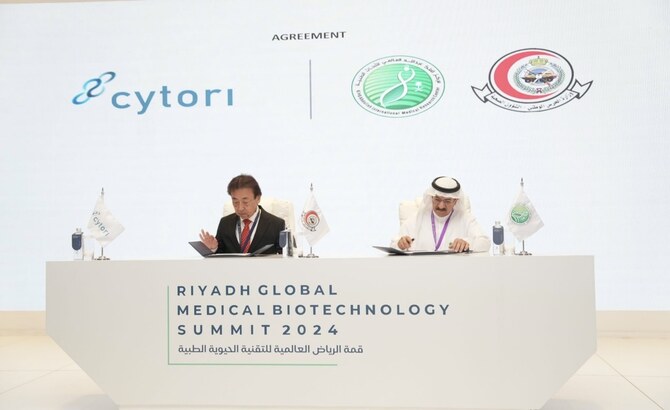CAIRO: Saudi Arabia’s economy is set to grow by 7 percent next year, Jadwa Investment is predicting as it revised up its forecast for the Kingdom.
The Saudi-based bank had previously anticipated a 5.1 percent rise in the Kingdom’s gross domestic product in 2022, but has produced a new forecast due to anticipated stronger oil production.
The rebound in global demand and higher vaccination rates are expected to drive oil demand upwards by a yearly rate of 4 percent, to hit 101 million barrels per day, the bank explained, citing data from the Organisation of Petroleum Exporting Countries.
Due to its large spare capacity, the Kingdom is expected to raise oil production to 10.3 million bpd, reflecting an annual growth rate of 14 percent.
Jadwa also expects the Kingdom to report budget surpluses in 2022 and 2023 as the government will cut spending, according to its report.
Meanwhile, Saudi’s non-oil economy is projected to expand by 3.2 percent next year, aided by higher government expenditures. The investment bank said the construction sector is set to grow on the back of the Kingdom’s mega projects, thanks to support from the Public Investment Fund.
Finance is another segment expected to expand due to growth in credit and additional initial public offerings, backed by the Financial Sector Development Program.
Additionally, Jadwa presented its growth forecast for 2021, also revising it favorably to 2.7 percent, up from a previous 1.8 percent.
However, the firm said that its forecasts are subject to some risks, mainly related to Covid-19 and the new omicron variant. It stated that some time is needed before assessing the variant's exact effect on the Saudi economy.
The surplus next year is expected at SR35 billion ($9.3 billion) while that of 2023 is estimated at SR37 billion.
The turn to surplus in 2022 is driven by higher expected revenues for both oil and non-oil components. The higher oil production will be reflected in revenues worth about SR600 billion, the Riyadh-based firm estimated.
Non-oil revenues will also experience an upswing on higher taxes on earnings due to corporates’ better performance. Hajj and umrah pilgrims, set to increase in number following the previous pandemic-related restrictions, will also induce larger revenues for the Kingdom.
Government expenditures are set to slip by 6 percent, reflecting the Ministry of Finance’s more prudent stance.
Jadwa projects government revenues to reach SR990 billion while government expenditures are expected to total SR955 billion in 2022.




























